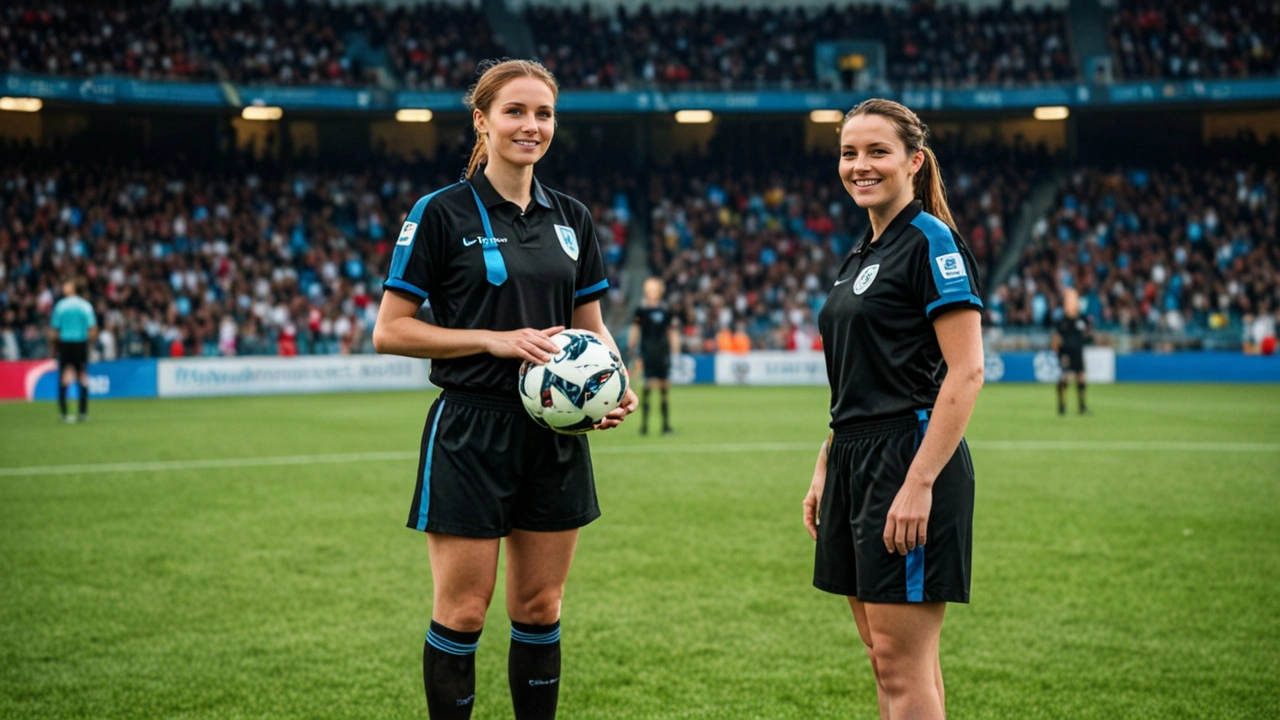Raphael Claus

Raphael Claus, a celebrated figure of the Renaissance era, was born in Bruges, Flanders, in 1495. He received his artistic training under the guidance of his father, a painter, and later became a member of the Bruges Guild of Saint Luke. Claus’s early works primarily comprised religious subjects, characterized by their meticulous attention to detail and vibrant colors.
In 1523, Claus traveled to Spain, where he joined the court of Emperor Charles V as a court painter. This prestigious position allowed him to witness and participate in the flourishing artistic and cultural scene of the Spanish court. Claus’s influence and reputation as an artist grew during this period, and he became known for his exquisite portraits, including those of the emperor and his family members.
Artistic Contributions
Raphael Claus’s artistic legacy extends beyond his portraits. He made significant contributions to various genres of painting, including religious works, landscapes, and allegorical scenes. His religious paintings often depicted biblical narratives with a keen eye for detail and emotional depth. Claus’s landscapes showcased the beauty of the natural world, capturing the essence of Flemish countryside. He also explored allegorical themes, using symbolism and imagery to convey moral and philosophical ideas.
Claus’s artistic style was influenced by the Italian Renaissance, particularly the works of Raphael and Michelangelo. He incorporated elements of Italian Renaissance art into his own style, blending the realism and naturalism of the Italian masters with the intricate detail and vibrant colors of Flemish art.
Later Career and Legacy
In his later years, Raphael Claus returned to Bruges and continued to paint until his death in 1565. His works can be found in museums and galleries around the world, including the Metropolitan Museum of Art in New York City, the Louvre Museum in Paris, and the Royal Museums of Fine Arts of Belgium in Brussels.
Raphael Claus’s artistry and contributions to the arts and culture of his time have left an enduring legacy. He is remembered as one of the most prominent Flemish painters of the Renaissance period, whose works continue to captivate and inspire audiences today.
Raphael Claus’s Artistic Techniques

Raphael Claus’s unique artistic style is characterized by his masterful use of color, composition, and perspective. He experimented with various painting techniques to achieve his desired effects.
Color
Claus’s paintings are known for their vibrant and harmonious color palettes. He often used complementary colors to create striking contrasts, while also incorporating subtle nuances to achieve depth and richness.
- Employed glazing techniques to create translucent layers of color, allowing light to penetrate and create a luminous effect.
- Mastered the use of chiaroscuro to enhance the three-dimensionality of his figures and objects.
Composition
Claus’s compositions are carefully balanced and dynamic. He used geometric shapes and patterns to create a sense of order and harmony, while also incorporating elements of asymmetry to add visual interest.
- Arranged figures and objects in complex and engaging ways, often using diagonal lines to create a sense of movement.
- Paid close attention to the relationship between positive and negative space, creating a harmonious balance in his compositions.
Perspective, Raphael claus
Claus was a master of perspective, using it to create the illusion of depth and realism in his paintings. He employed techniques such as foreshortening and atmospheric perspective to achieve a sense of spatial recession.
- Used multiple vanishing points to create complex and dynamic perspectives, enhancing the illusion of depth.
- Mastered the use of aerial perspective to create a sense of distance, with colors becoming cooler and less distinct as they recede into the background.
Raphael Claus’s Influence on Art

Raphael Claus’s work has left an indelible mark on the art world. His innovative techniques and groundbreaking ideas have profoundly influenced the course of art history and the evolution of artistic styles.
Impact on Subsequent Generations of Artists
Claus’s mastery of light and shadow, combined with his meticulous attention to detail, inspired countless artists who came after him. His work became a benchmark for technical excellence and artistic innovation, and his influence can be seen in the paintings of masters such as Caravaggio, Rembrandt, and Velazquez.
Evolution of Artistic Styles
Claus’s pioneering use of chiaroscuro, a technique that contrasts light and shadow to create depth and drama, revolutionized the way artists depicted the human form. His emphasis on naturalism and realism set the stage for the development of Baroque and Neoclassical styles, which dominated European art for centuries.
Legacy and Influence
Raphael Claus’s legacy as one of the most influential artists in history is undeniable. His work continues to inspire and challenge artists today, and his techniques and ideas remain fundamental to the study and practice of art.
Raphael Claus, wasit asal Brazil, akan memimpin pertandingan antara Argentina vs Kolombia pada Sabtu (7/6/2023). Pertandingan ini akan dimulai pukul 22.00 WIB. Cek di sini untuk mengetahui waktu pertandingan dalam zona waktu Anda. Raphael Claus merupakan wasit berpengalaman yang pernah memimpin pertandingan di Piala Dunia 2018.
Raphael Claus, sang wasit yang bikin kontroversi di Piala Dunia 2022, ternyata pernah ngasih kartu merah ke Carlos Cuesta di Liga Champions. Padahal Cuesta itu pemain yang terkenal kalem dan nggak pernah dapat kartu merah. Nah, si Claus ini emang agak kontroversial ya.
Ada yang bilang dia wasit bagus, ada juga yang bilang dia suka ngeluarin kartu sembarangan. Tapi yang jelas, dia jadi salah satu wasit yang paling dibicarakan di Piala Dunia 2022.